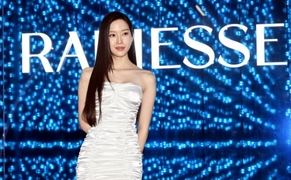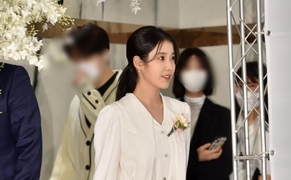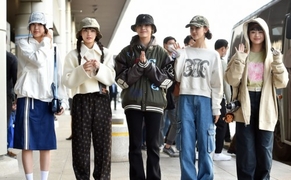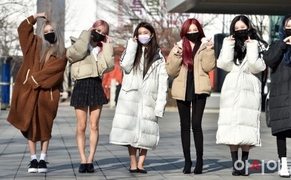 |
| Ahead of Liberation Day, a large Taegeukgi is displayed on the outer wall of the Government Complex in Seoul. / Source: Yonhap News |
On March 7, a man set himself on fire in central Seoul while scattering leaflets praising the president, later dying from his injuries. This was the second politically motivated self-immolation in the early months of this year, a period marked by deep partisan strife. In the presidential election that followed, the opposition candidate campaigned from behind bulletproof glass and wore a bulletproof vest out of fear of assassination.
Incidents of defacing candidate posters and banners more than doubled compared with the previous presidential race. Eggs and verbal abuse hurled at candidates became so common they no longer made headlines — a grim reflection of a democracy twisted by political extremism.
Words like “empathy” and “cooperation” have vanished from Korean politics.
Instead of bridging the divide, political leaders have raised the banners of agitation and led the charge. Since the December 3 martial law crisis, the ruling and opposition parties have been locked in a standoff, figuratively pointing guns at each other. The question now is whether the gunfire can cease under the Lee Jae-myung administration.
The early signs were promising. At his inauguration on June 4, President Lee pledged to “restore communication and dialogue, and revive politics based on compromise and concession.” Just 18 days later, he sat down for a meal with opposition leaders, engaging in a 105-minute discussion on state affairs and agreeing that cooperation was necessary in diplomacy and security matters of national interest.
But that was as far as it went. By July, the ruling party had entered “full battle mode” as it prepared to elect a new party leader.
Most Read
-
1
-
2
-
3
-
4
-
5
-
6
-
7





















